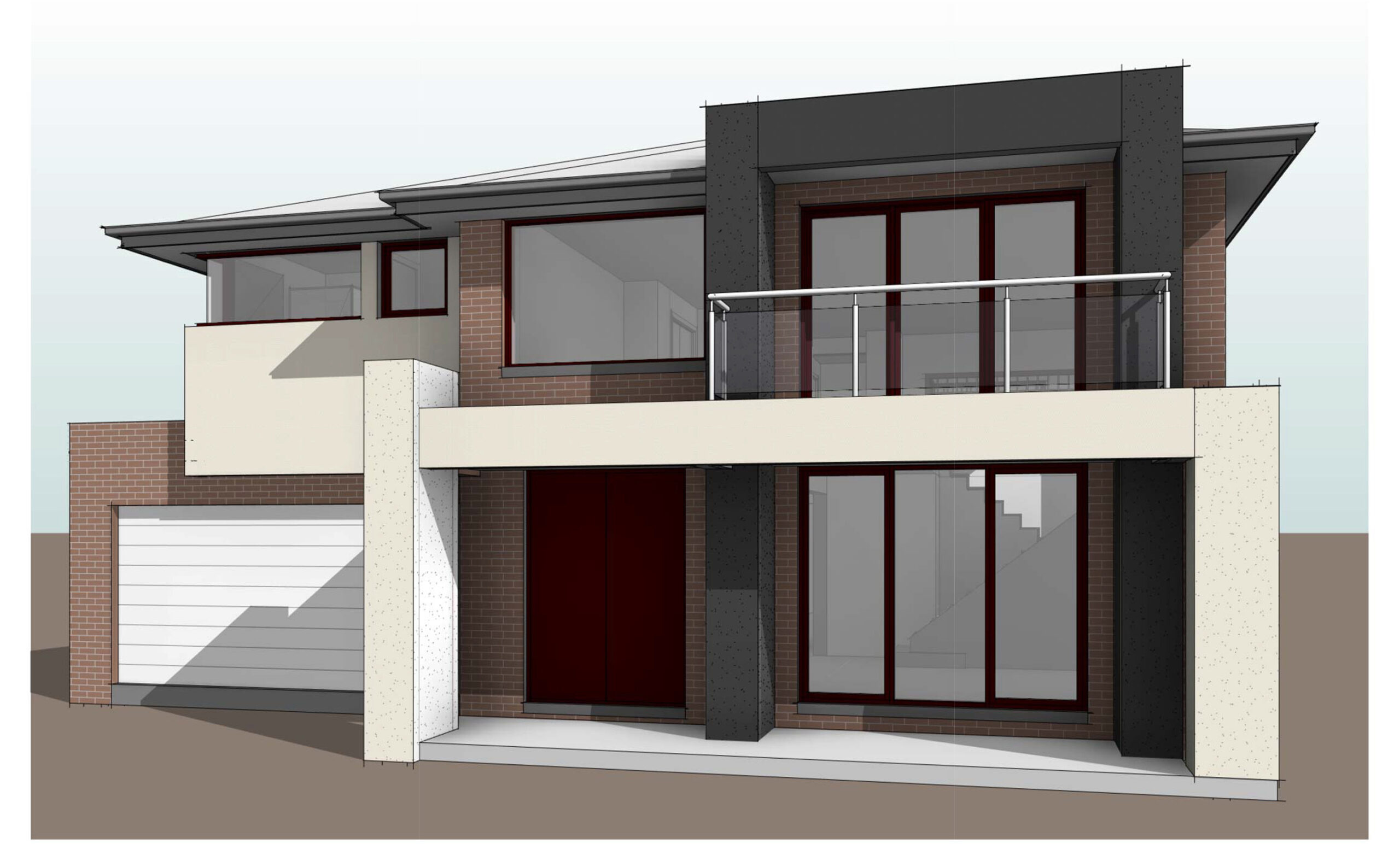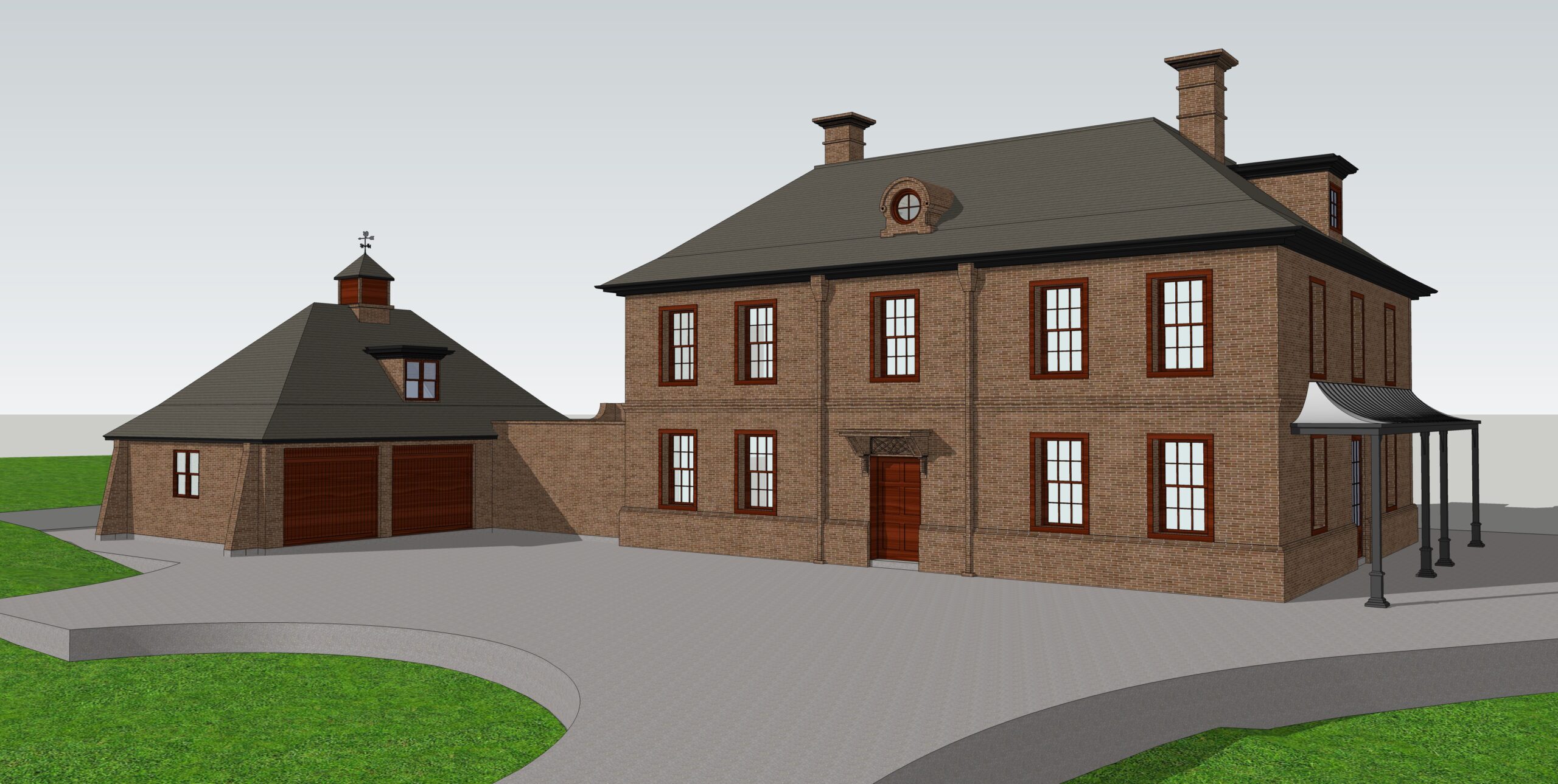Artificial Intelligence in CAD Technology
Posted on : Jun 21, 2022
A new trait to be found in current CAD software release is KBE to support analysis, collection, and monitor of tasks. KBE relies on capture and storing empirical information which include proprietary design and developed practice exercise during a product expansion cycle. KBE help business companies to retain and conserve in-house knowledge and rational information.
A connected technology which might notably supplement trouble solving capability in CAD software is AI (Artificial Intelligence), which was introduce in the mid-1980s. The reason of AI is to be trained and repeat human difficulty solving capability. AI software, dissimilar technical programming software (such as Fortran, C, C++ or Java), model non-numerical cognitive process of model similar and executive. AI captures the skill of expert who has the familiarity and familiarity to execute tasks which engross synthesis; verdict, planning, construal, and effecting of intend tasks. The tongue of AI software is then non practical, but it is base on rules which decide how decision is made.
Now, the primary meaning of CAD software is to mechanize the systematic steps of a design. CAD software is worn to create computer model of parts, to fit them jointly, and to model the recital of parts and assembly so that they convene design rider. The analytical steps of a design process are iterative, because intend reviews, perform by experts, decide whether changes must be made. With AI-based tools, design blend can be performing straight lacking going during a divide design review and mixture, since the information and practice of experts is obtainable in AI tackle.
This article answers this question:
- How might AI be compound with CAD?
- How does AI effort as a rules-based programming language?
How Could AI Be compound with CAD?
AI could purpose as a intend automation tool for distinct design tasks. The technique by which AI is complex into CAD relies on MBR. MBR uses qualitative and quantitative imitation to forecast connections between associated components within a intend meeting. Quantitative imitation produces unique results from logical software such as restricted Element Analysis and from conventional CAD design software.
On the other hand, qualitative modeling cannot produce exclusive results, because the efficacy of AI modeling depends on the excellence of rules-based reasoning which reside in AI software. The system and decision creation are obtain from creation design expert. Thus, AI functions as a substitution for a creation design evaluation team.
If knowledge-based analysis and executive procedures obtain from creation design expert are correctly implement in AI software, the creation expansion cycle could be condensed significantly.
The mechanics of integration AI and CAD involve these necessary features:
- workings for a creation must be stored in a prepared hierarchical form in which relations between mechanism are implement in an object leaning plan
- Product arrangement is also store in a prepared hierarchical form. Relations are providing among mechanism or part inside the creation arrangement, or links are resolute by rules-based analysis and method.
- Creation activities are deduced by a combination of quantitative and qualitative imitation.
- It ought to be simple to add new mechanism or part into the folder, and it must not be tricky to add new information-based system and conclusion creation events into the AI rational structure.




